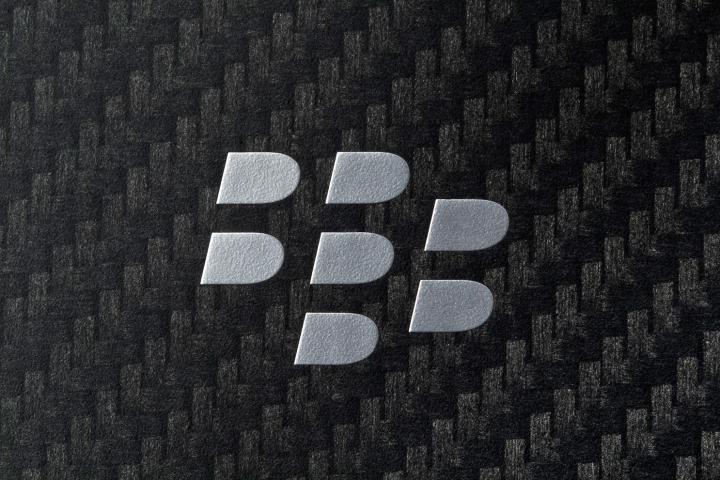
Check out our review of the BlackBerry Z30 smartphone.
Eight months after BlackBerry launched its all-new operating system and new handsets designed to get its struggling mobile business back on track, the company is making plans to shed as much as 40 percent of its workforce by the end of the year, the Wall Street Journal reported Wednesday.
The news comes soon after another report suggesting the company’s board is keen to sell off the struggling mobile company by November.
People familiar with the matter told the Journal that the job losses would hit “all departments” and take place in waves in the coming months.
It won’t be the first time the Ontario-based company has laid off employees. Last year, BlackBerry cut 5,000 jobs, bringing its workforce to around 12,700 as of March this year. And over the summer several hundred working in the company’s research and development department had their contracts terminated.
The upcoming round of cuts could see another 5,000 positions wiped out by the end of 2013.
The latest streamlining move may be partly to make the company more attractive to potential buyers, with BlackBerry keen to demonstrate it’s taking care of the business and intent on balancing the books.
Despite the grim development, the company is pressing head with the launch of new products, on Tuesday announcing a brand new BB10 handset, the Z30. It’s also gearing up to launch its popular BlackBerry Messenger app for iOS and Android devices this weekend.
BlackBerry was once the leading player in the smartphone business, enjoying more than 50 percent of the market in the US. With the arrival of Apple’s iPhone in 2007, as well as a slew of Android devices from big hitters such as Samsung, the company formerly known as Research In Motion has seen its share plummet to around 3 percent.
With its new BB10 platform launching at the start of the year, BlackBerry had been hoping to establish itself as the third main player in the smartphone market, but even that looks increasingly unlikely as Microsoft’s Windows Phone platform pushes ahead in a number of key markets.
Editors' Recommendations
- BlackBerry trailer depicts the rise and fall of the iconic phone
- BlackBerry is better off dead
- A new BlackBerry with a keyboard is still on the schedule for 2022
- BlackBerry rises from the grave: New 5G phone with a keyboard coming in 2021
- TCL won’t make BlackBerry phones anymore, sending the brand back into limbo

